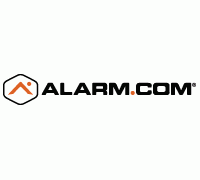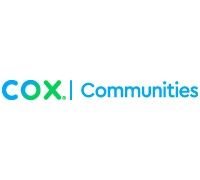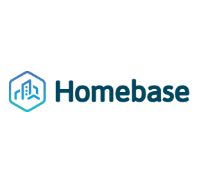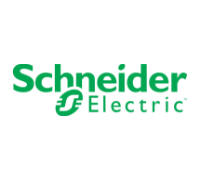Wednesday, May 18, 2016
40%+ of U.S. broadband households plan to buy a smart home device in the next 12 months
Nearly 20% of U.S. broadband households own at least one smart home device, and over 40% plan to buy one in the next 12 months. These devices open new opportunities for both Energy Efficiency (EE) and Demand Response (DR) programs by using new approaches to reduce consumption and shift load throughout the product lifetime.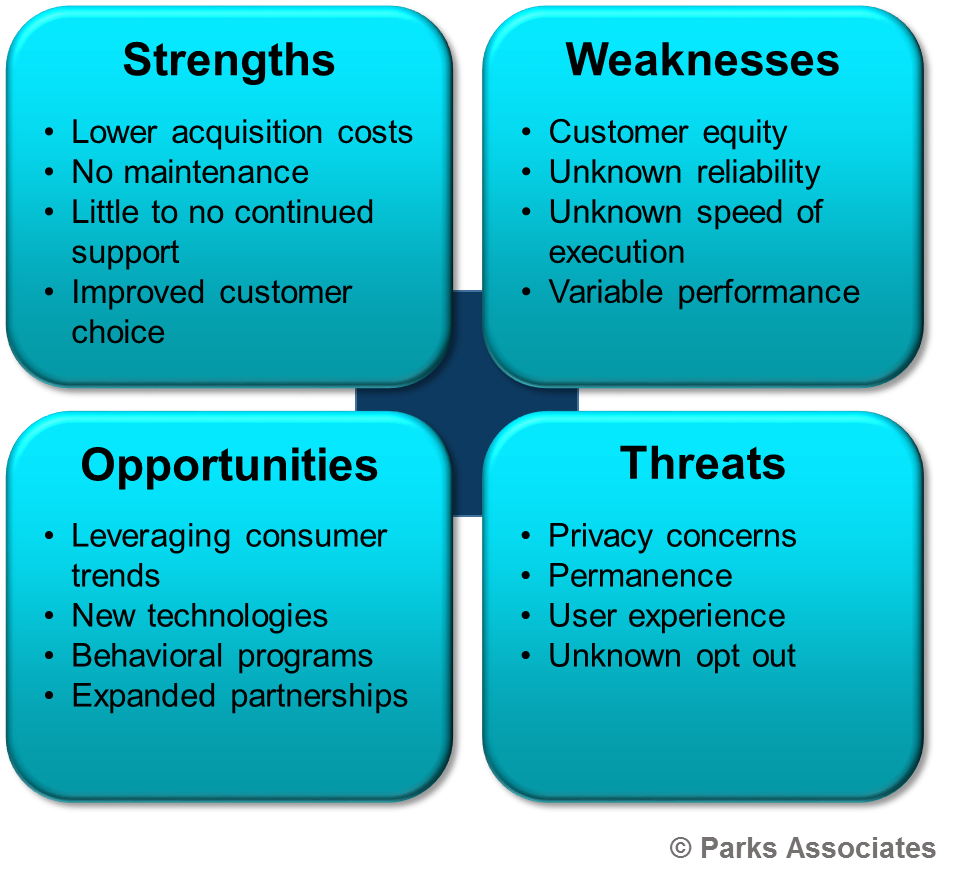
Despite the long list of benefits associated with integrating smart products into energy programs, utilities need to understand the strengths, weaknesses, opportunities, and threats associated with bring-your-own-device programs.
At Smart Energy Summit, speakers on “Integrating Smart Products and Consumer IoT into Utility Programs” addressed the impact on the utility of sharing the relationship with manufacturers and service providers.
-
Andy Baynes, Energy Partnerships, Nest
-
Denver Hinds, R&D Project Manager, SMUD
-
Claire Miziolek, Market Strategies Program Manager, Northeast Energy Efficiency Partnerships (NEEP)
-
Peter Taylor, Vice President of Products, WeMo/Belkin
-
Paul Wattles, Sr. Analyst, Market Design & Development, ERCOT
The top takeaways specific to consumer engagement from the session included:
-
Energy star rating can and does help create awareness around energy efficient products.
-
Customers enjoy the security of fixed utility bill and the security of reliable energy delivery.
-
DR programs are not necessarily attractive to consumers. The top reason consumers don’t enroll in demand response has been lack of consumer control and compromising comfort.
-
Consumer expectations are higher than ever for devices that can be installed easily, operated easily, and seamlessly operate with other connected products and services. To provide reliability, platforms must be hardwired to accommodate complexity of router/device/hardware/software.
The top takeaways specific utilities from the session included:
-
Data needs to be filtered at device level to ensure efficiency for utility rather than sharing extensive data with low impact.
-
One barrier to integrating smart products into utility programs centers is unknown performance. Utilities need some kind of data stream (telemetry signal) to validate consumer usage.
-
Careful analysis of efficiency reveals overly ambitious claims of efficiency. Currently, demand response doesn’t offer a very compelling value proposition for the consumer. The answer is to make the full suite of values available to the consumer.
-
The largest driver for utilities to integrate smart products into demand response programs is customer engagement. Nest’s DR program provides backend consumer engagement where incentives, marketing efforts, and ongoing consumer communication are delivered, and all perceived as coming from the utility.
-
When time of use plans go into effect, such as in California, bring-your-own device (BYOD) programs will take off. Utility needs to use all channels to educate consumers on time-of-use rates and demystify how they serve the public good on all fronts.
For more information about Smart Energy Summit, or to download the Event Summary, Click Here.
Next: Third Parties see Growing Opportunity to Profit in Energy Markets
Previous: Consumers Value Control Over Savings, Comfort, and Cost
Comments
Post a Comment







